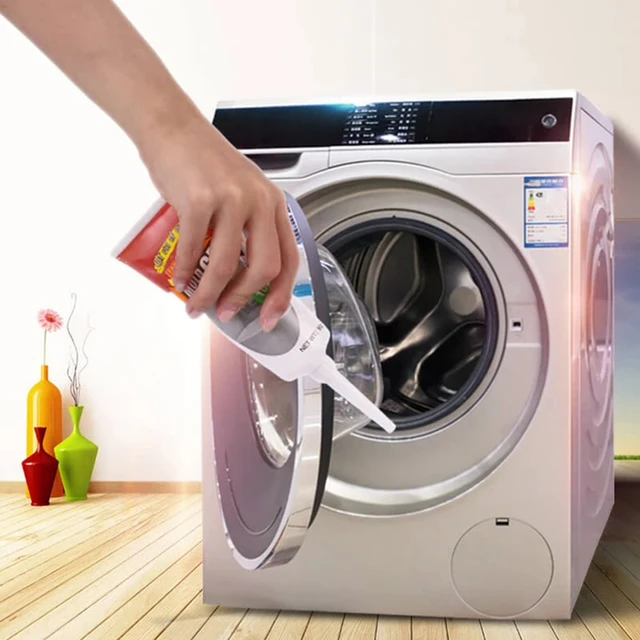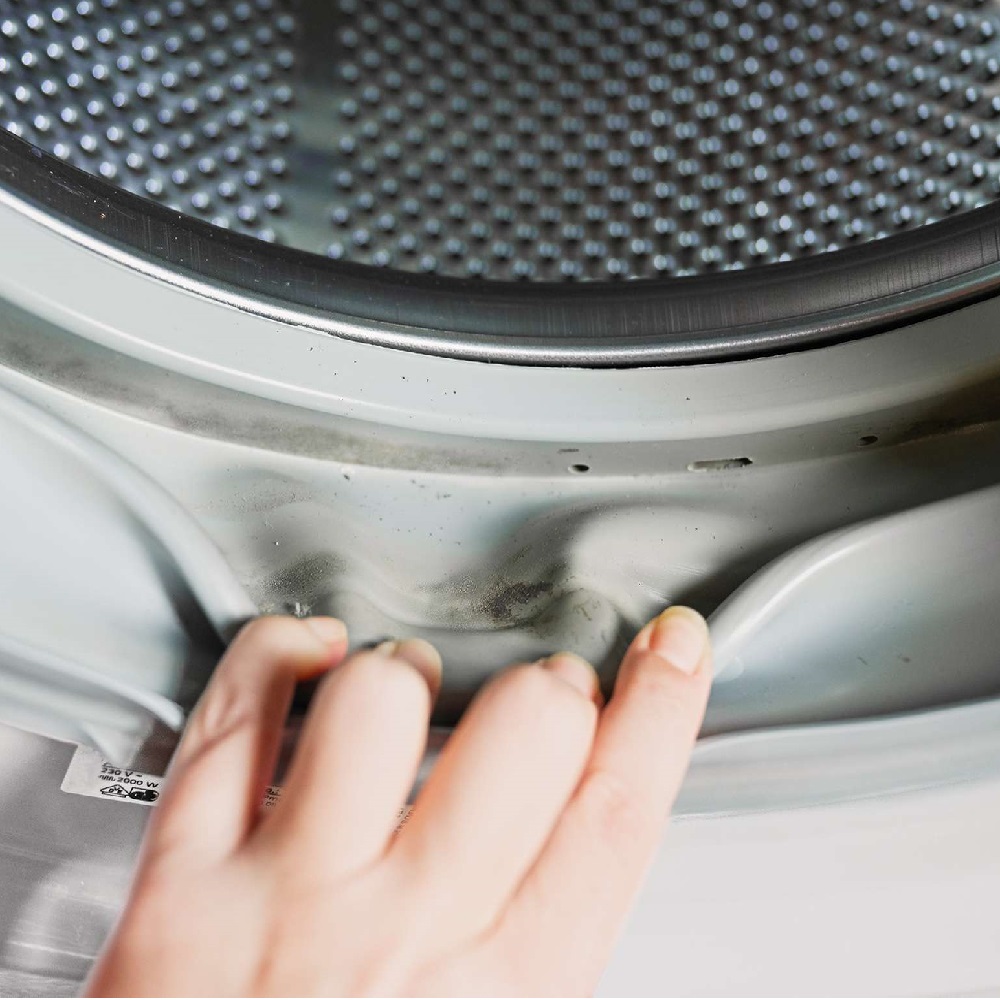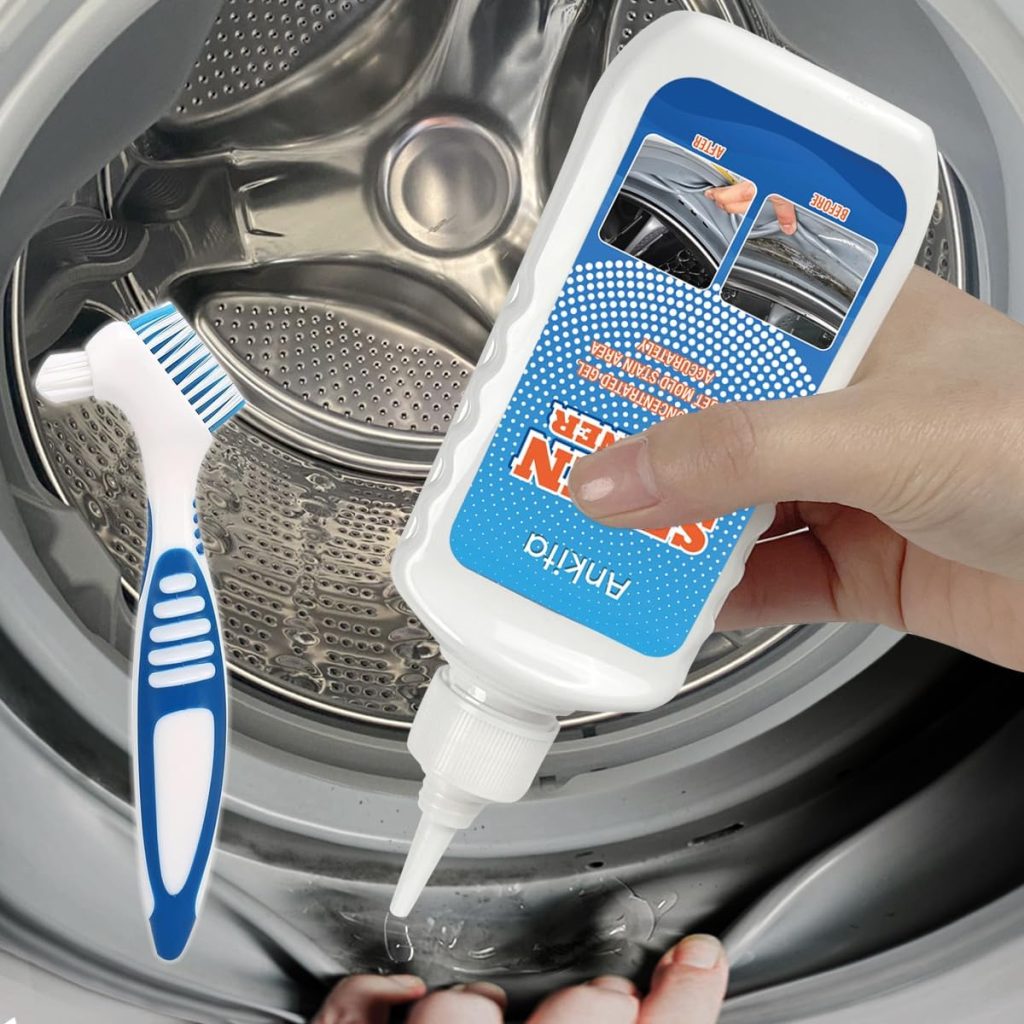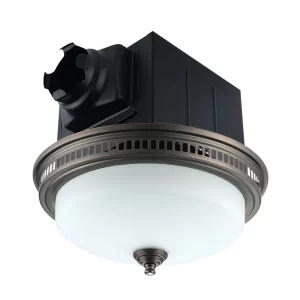How to Remove Mold from Washing Machine?
Mold can be a pesky problem in washing machines, particularly front-loaders. Not only does mold create unpleasant odors, but it can also transfer those unwanted smells to your clothes, creating a cycle of dissatisfaction. Fortunately, removing mold from a washing machine is achievable with the right techniques and maintenance strategies. In this article, we will delve deep into the causes of mold formation, practical steps to remove it, and preventive measures to keep your washing machine fresh and clean.
Understanding the Causes of Mold Formation
The Environment of Your Washing Machine
Washing machines, particularly front loaders, provide an ideal environment for mold growth. They usually retain moisture in their gaskets, door seals, and detergent dispensers, which can remain damp after a wash cycle. Furthermore, the rubber components of washing machines can trap small particles of detergent and fabric softener, creating a breeding ground for mold.
Lack of Ventilation
Poor ventilation in the laundry area contributes to mold growth. When the washing machine door is kept closed after use, humidity and moisture accumulate inside, promoting mold proliferation.
Use of Cold Water Cycles
Using cold water cycles, while energy-efficient, may not eliminate detergent residue or kill mold spores. While it’s essential to save energy, the right wash temperature can make a significant difference in preventing mold.
How to Remove Mold from Washing Machine
Gather Your Supplies
Before embarking on your mold removal journey, gather the following supplies:
- White vinegar: A natural disinfectant that kills mold and neutralizes odors.
- Baking soda: Acts as a gentle abrasive and deodorizer.
- Old toothbrush or scrub brush: Ideal for scrubbing hard-to-reach areas.
- Microfiber cloths: Perfect for wiping and drying surfaces.
- Spray bottle: For easier application of cleaning solutions.
- Bleach (optional): A potent mold remover, but should be used with caution.
Step-by-Step Cleaning Process
Step 1: Prepare the Solution
For a natural cleaning solution:
- Mix one cup of white vinegar with one cup of water in a spray bottle. This solution will help in eliminating mold and mildew.
For a more robust solution:
- Mix one cup of bleach with a gallon of water. However, be cautious when using bleach. Always make sure the laundry area is well-ventilated and wear protective gear like gloves and a mask.
Step 2: Clean the Gasket and Door Seal
The rubber door seal is often a hotspot for mold. Follow these steps:
- Inspect the Gasket: Before cleaning, visually inspect the gasket for visible mold.
- Spray the Solution: Generously spray your cleaning solution on the gasket, ensuring you get into every nook and cranny. Allow it to sit for at least 10 minutes to break down the mold.
- Scrub the Gasket: Use an old toothbrush or scrub brush to remove visible mold. For stubborn areas, you may need to apply more cleaning solution.
- Wipe Down: Using a microfiber cloth, wipe down the gasket to remove any leftover mold and moisture.
Step 3: Clean the Detergent Drawer
The detergent drawer can also harbor mold due to leftover detergent residue:
- Remove the Drawer: Take out the detergent dispenser drawer.
- Rinse with Water: Rinse it under warm water to remove initial residue.
- Use the Cleaning Solution: Spray the cleaning solution on the drawer and scrub away any remaining mold.
- Dry Thoroughly: Before reinserting the drawer, make sure it’s completely dry to prevent moisture accumulation.
Step 4: Run a Cleaning Cycle
To further eliminate mold, running a cleaning cycle is effective:
- Add Cleaning Solution: Pour two cups of white vinegar into the drum.
- Set the Temperature: Use the hottest setting on your washing machine.
- Run the Cycle: Start the wash cycle, allowing the vinegar to clean and disinfect the interior of the machine.
Step 5: Rinse Cycle (If Necessary)
If you used bleach, it’s advisable to run an additional cycle with just water to rinse any remaining bleach. Simply:
- Empty the Drum: Ensure no clothes are in the machine.
- Run a Rinse Cycle: Set the washing machine to a rinse cycle using cool water.
Step 6: Wipe Down Remaining Areas
After completing the cleaning cycle:
- Microfiber Cloth Wipe: Use a damp microfiber cloth to wipe the entire machine’s exterior.
- Pay Attention to the Control Panel: Frequently touched areas, like the control panel, should also be cleaned.
Step 7: Leave the Door Open
After cleaning, leave the washing machine door open for a few hours. This will allow ventilation, helping to dry any remaining moisture and preventing mold from returning.
Regular Maintenance to Prevent Mold Growth
Create a Cleaning Schedule
To ensure your washing machine remains mold-free, establish a cleaning schedule:
- Weekly: Wipe down the gasket and leave the door open after each use.
- Monthly: Run a hot cycle with vinegar or a washing machine cleaner.
- Seasonally: Check and clean the detergent drawer and machine exterior.
Choose the Right Detergent
Using the correct type of detergent can contribute to mold prevention. Opt for a high-efficiency (HE) detergent that dissolves more completely and reduces residue buildup.
Use Hot Water Cycles
Whenever feasible, opt for hot water cycles. Hot water can help eliminate mold spores and detergent residues, contributing to a cleaner machine.
Air Circulation
When possible, improve air circulation in your laundry room. Open windows or use fans to help reduce humidity, creating an environment less conducive to mold growth.
Consider a Dehumidifier
If your laundry area is prone to moisture, consider investing in a dehumidifier. This appliance can maintain optimal humidity levels, further preventing mold formation.
Sealing the Gasket
After cleaning the gasket, consider applying a silicone sealant to reinforce the edges. This additional layer can prevent moisture from accumulating, further protecting against mold growth.
When to Seek Professional Help
While most mold issues can be handled with DIY methods, there are instances where professional help may be necessary:
- Severe Infestations: If you notice extensive mold growth that you cannot remove, consider contacting a professional.
- Recurring Problems: If mold consistently returns despite cleaning efforts, it may signal deeper issues, such as plumbing leaks or inadequate ventilation.
- Health Concerns: If anyone in your home is particularly sensitive to mold, seeking professional assistance is advisable.
Effect of Mold on Health
Understanding the health impacts of mold is crucial, especially for those with allergies or respiratory conditions. Exposure can lead to:
- Allergic Reactions: Sneezing, runny noses, and itchy eyes can occur.
- Respiratory Problems: Coughing or difficulty breathing may arise, particularly in sensitive individuals.
- Skin Irritations: Mold exposure can cause rashes or skin irritations.
Being aware of these potential health risks can motivate regular cleaning and maintenance of your washing machine.
 Additional Cleaning Options
Additional Cleaning Options
Chemical Cleaners
If mold is particularly stubborn, you can resort to chemical cleaners designed for washing machines. Always follow the manufacturer’s instructions for the best results and ensure proper ventilation in the area.
- Choose the Right Product: Look for mildew removers that are safe for various washing machine types.
- Follow Application Directions: Apply according to the product instructions, usually by running a wash cycle with the cleaner.
Professional Services
If mold persists after repeated attempts to clean, it may be wise to seek professional appliance cleaning services. They will address potential issues that you may not be able to.
Conclusion: remove mold from washing machine
To sum up, removing mold from your washing machine is essential for maintaining a fresh-smelling laundry experience. By following these steps and integrating preventive measures into your routine, you can ensure your washing machine stays in optimal condition, free from mold and mildew. From understanding the causes to taking effective cleaning measures, being proactive is the best defense against mold growth. Regular maintenance is the key to preventing mold from taking root, thus enabling you to enjoy fresh and clean laundry every time. Don’t wait for the unpleasant odors to remind you—act now, and take the necessary steps to remove mold from washing machine for good!



